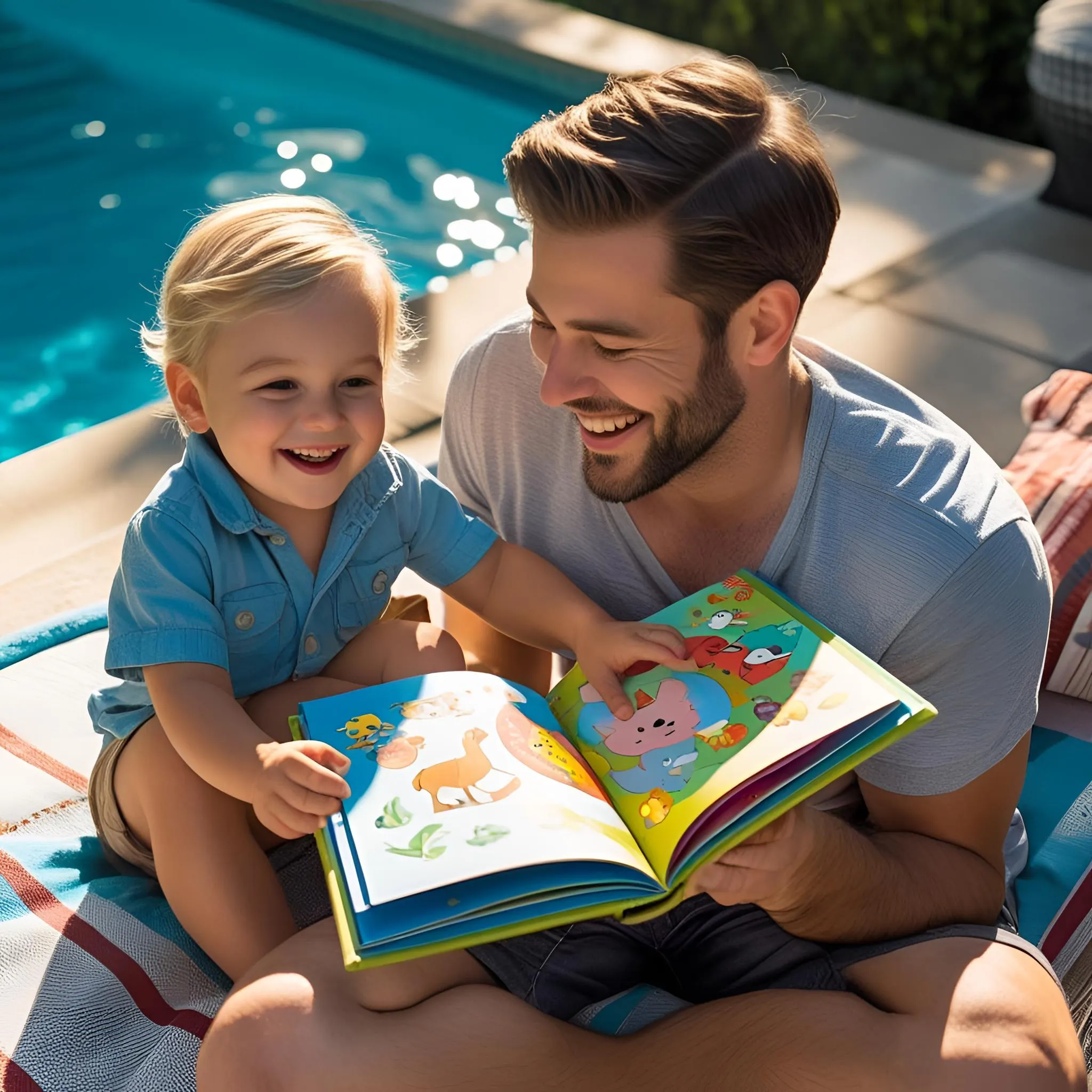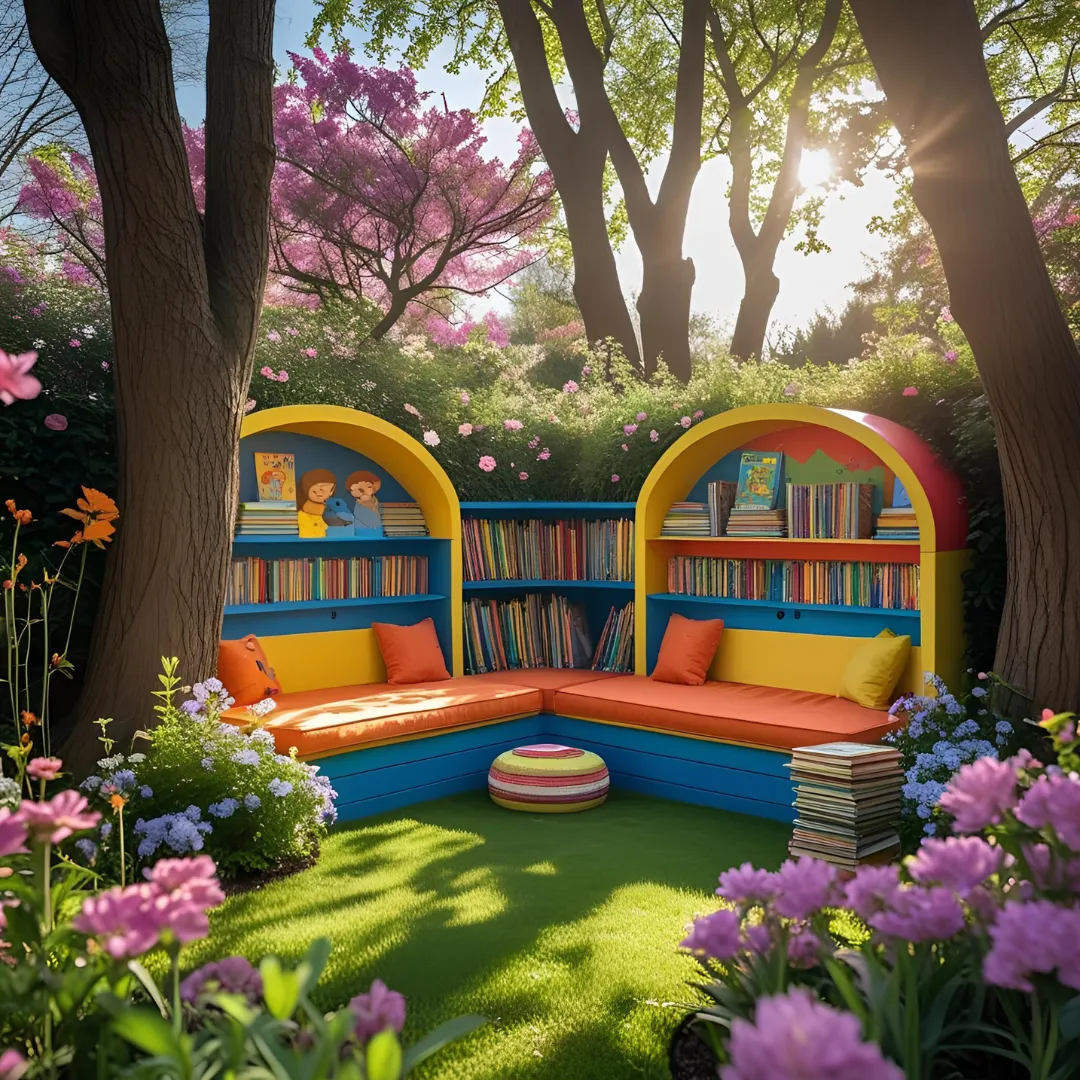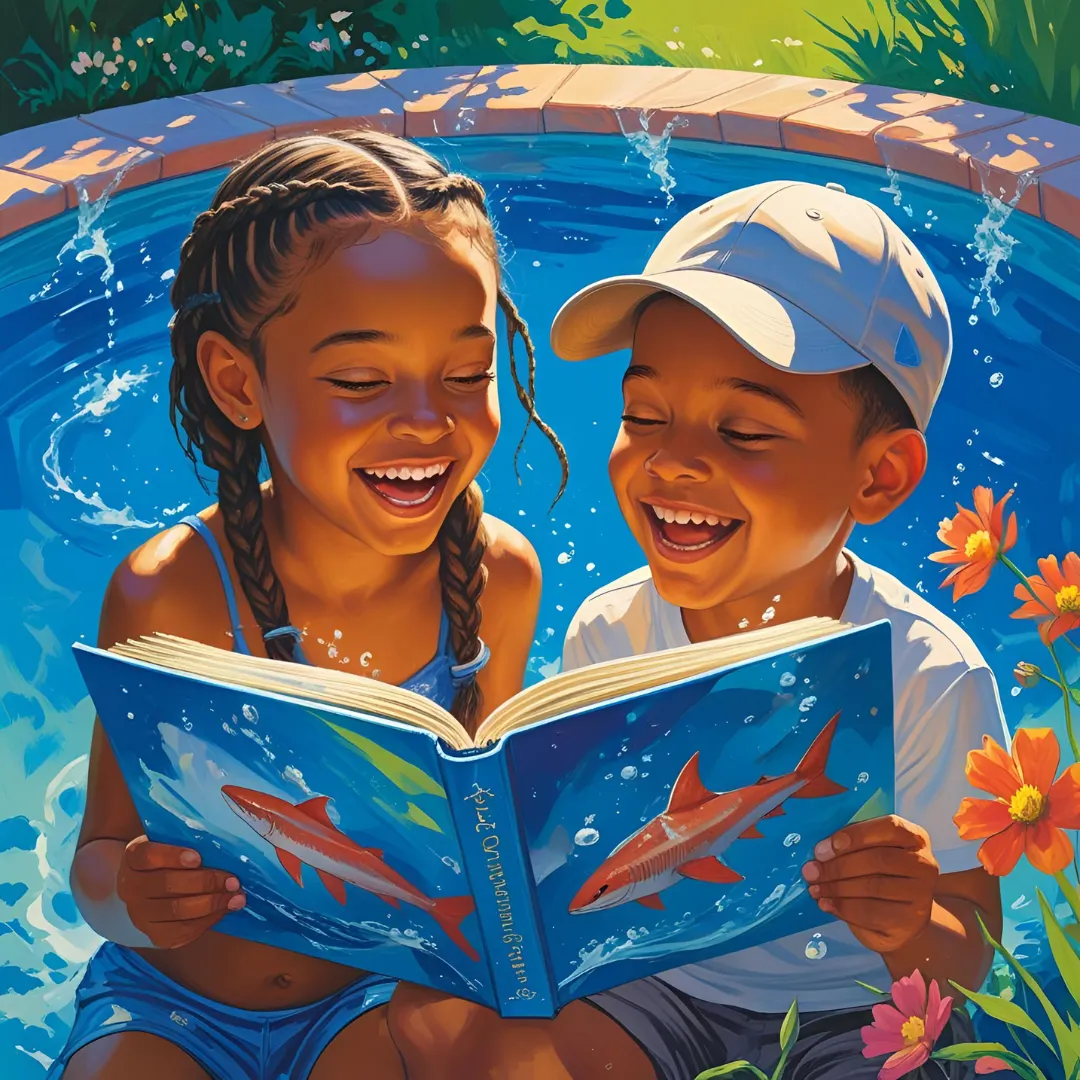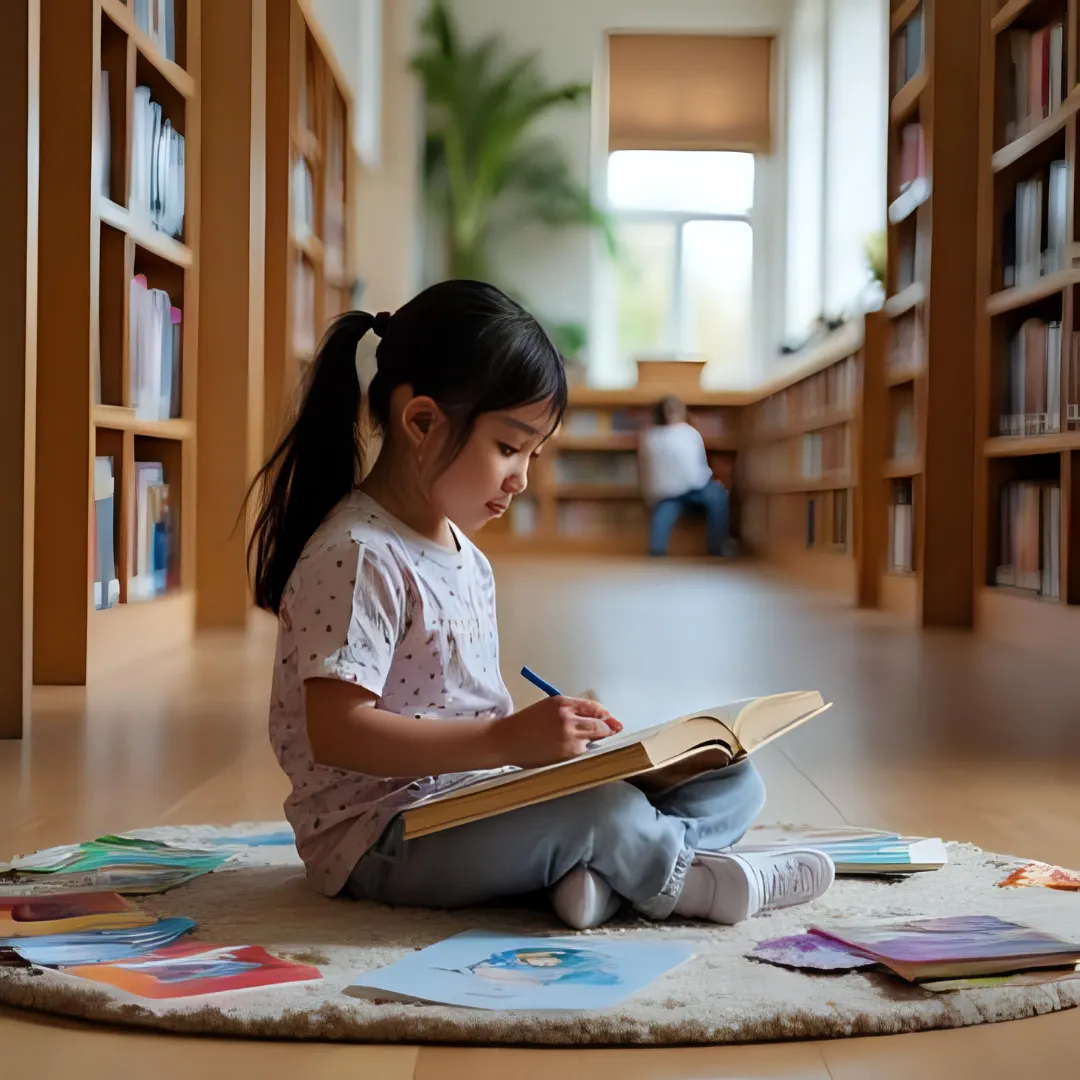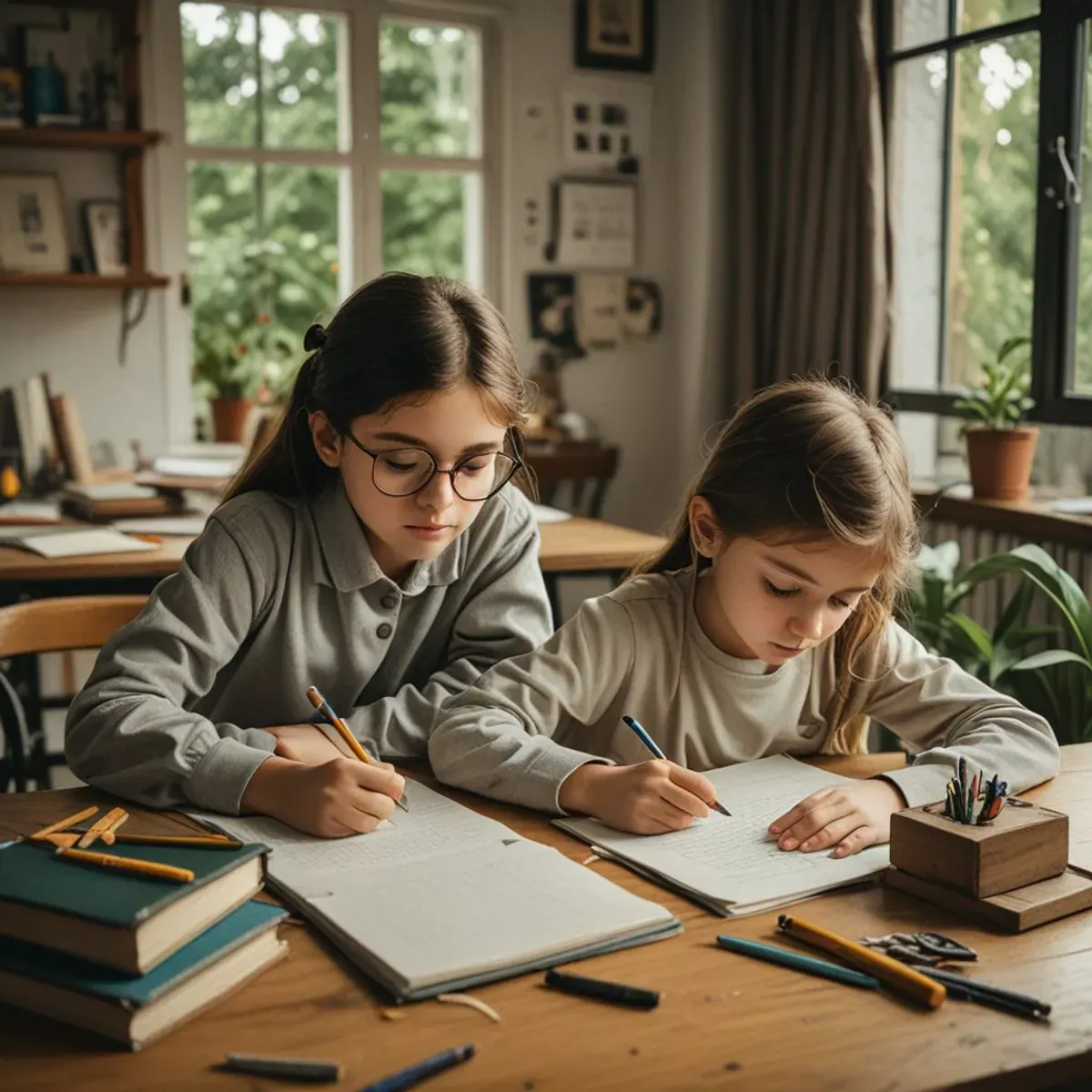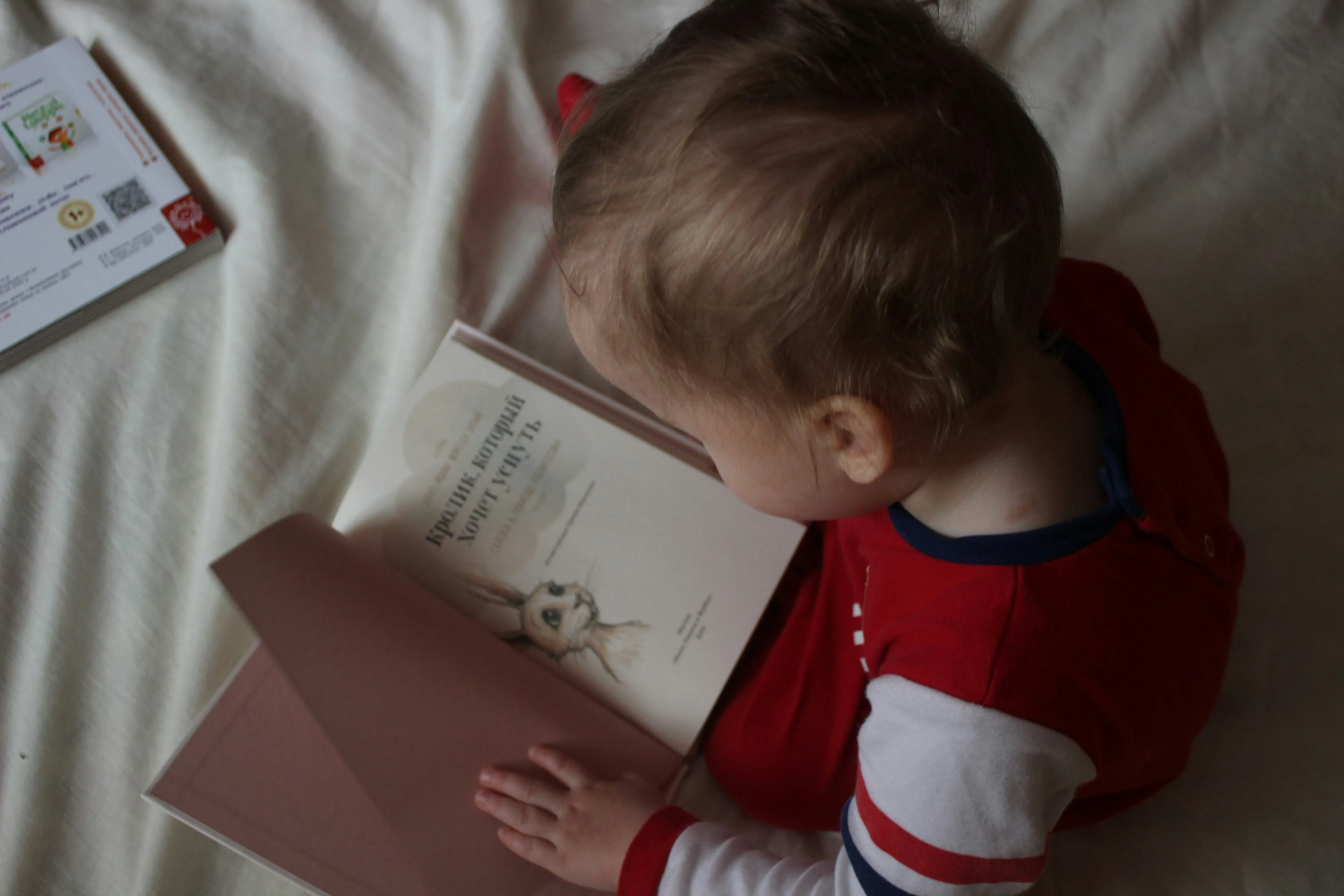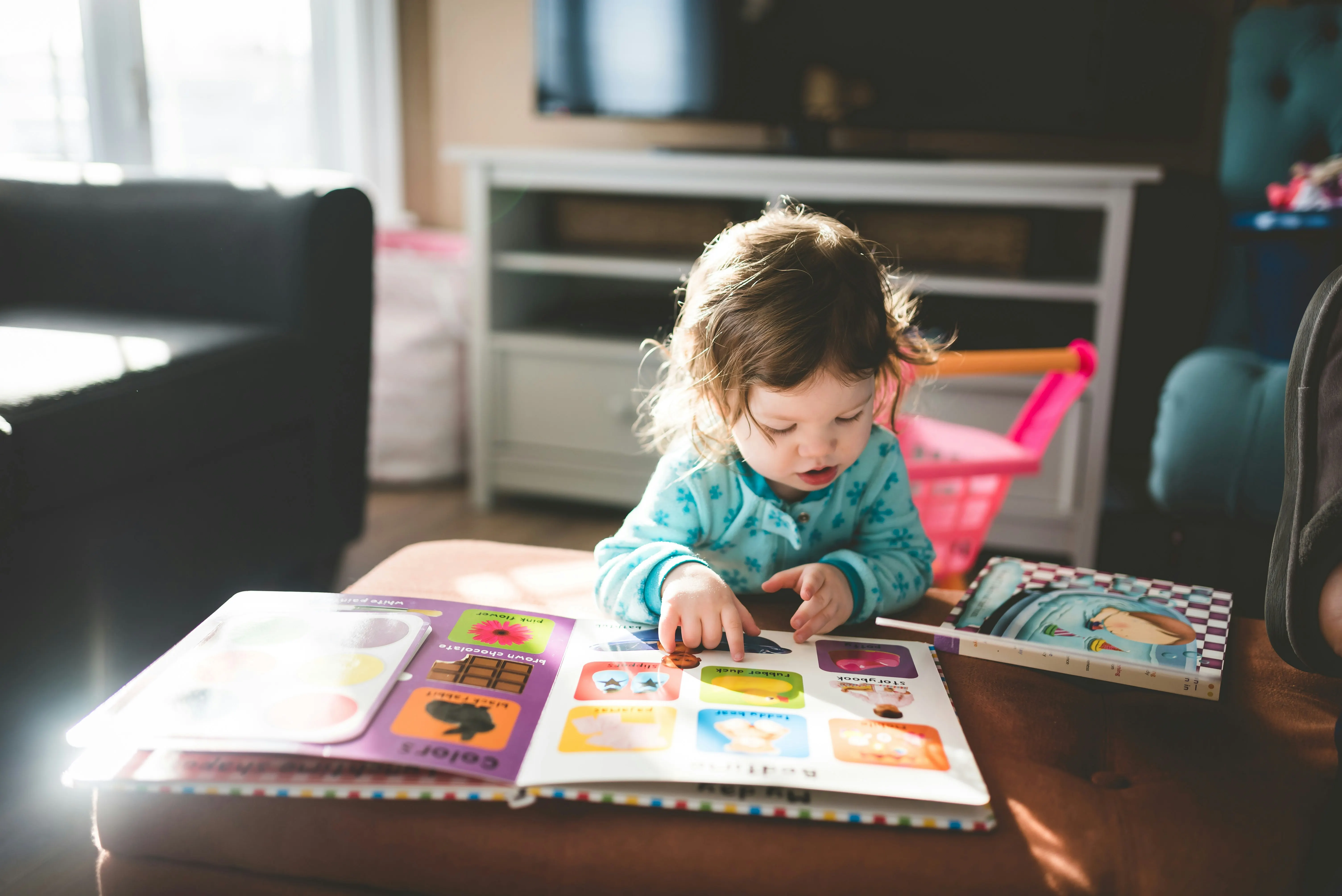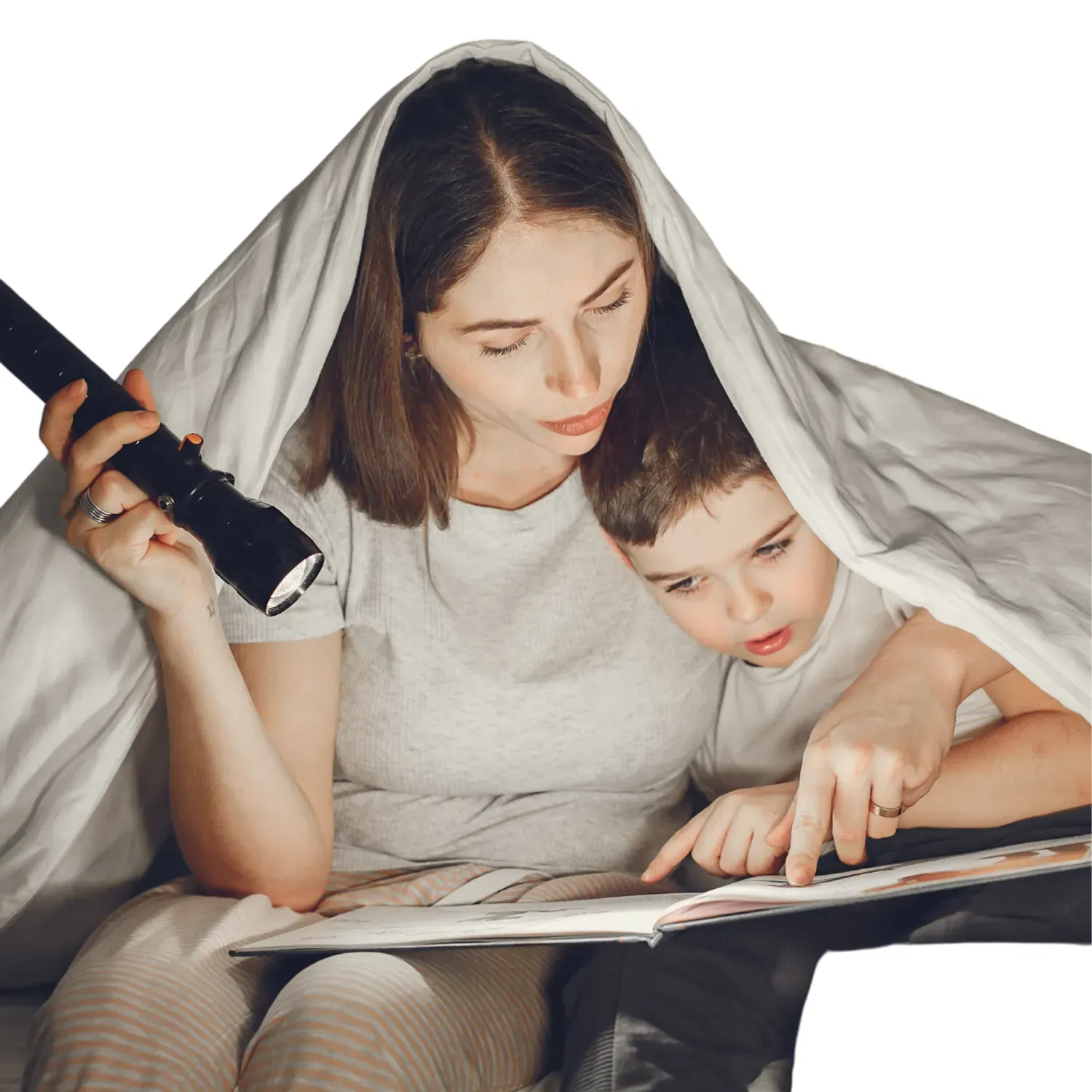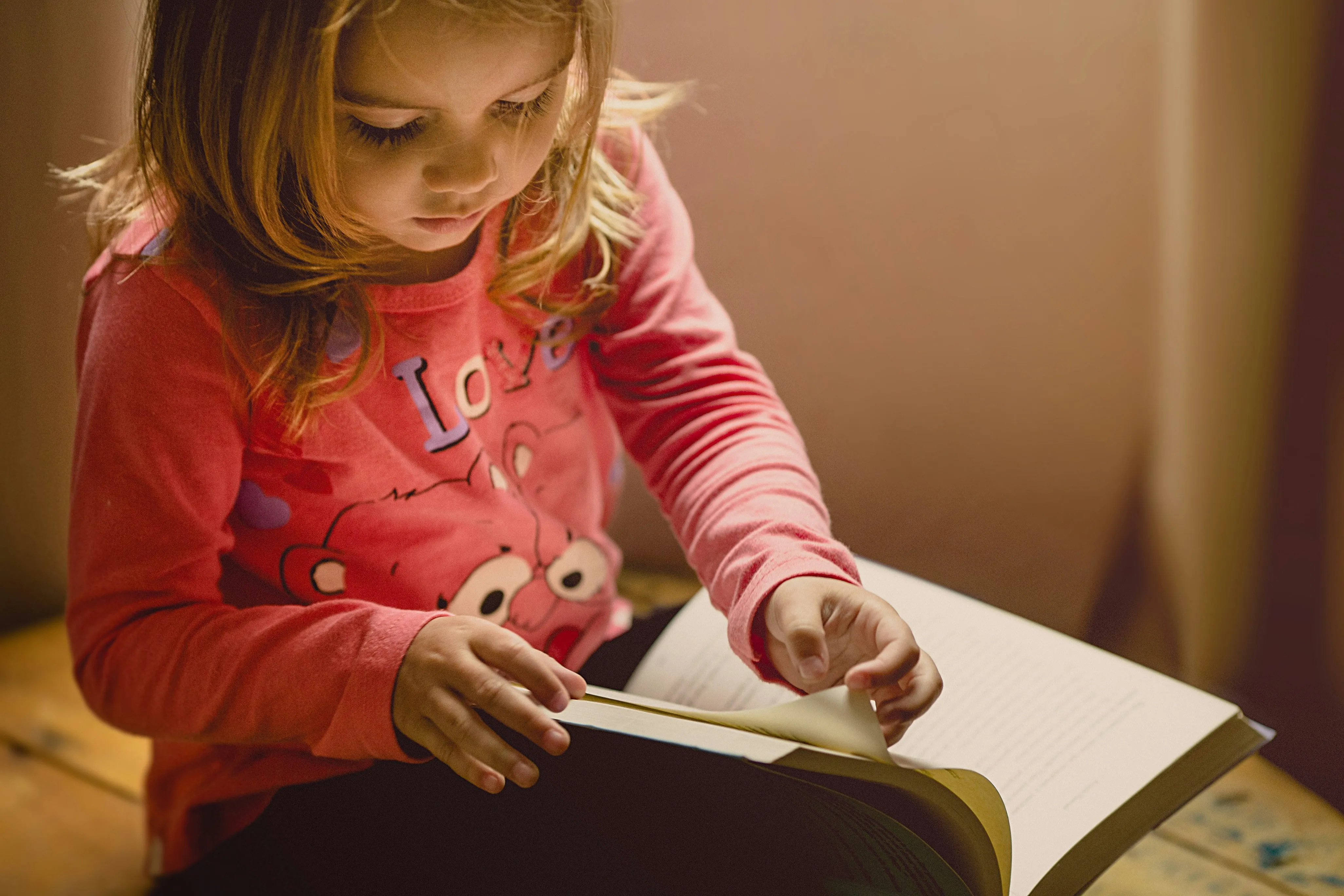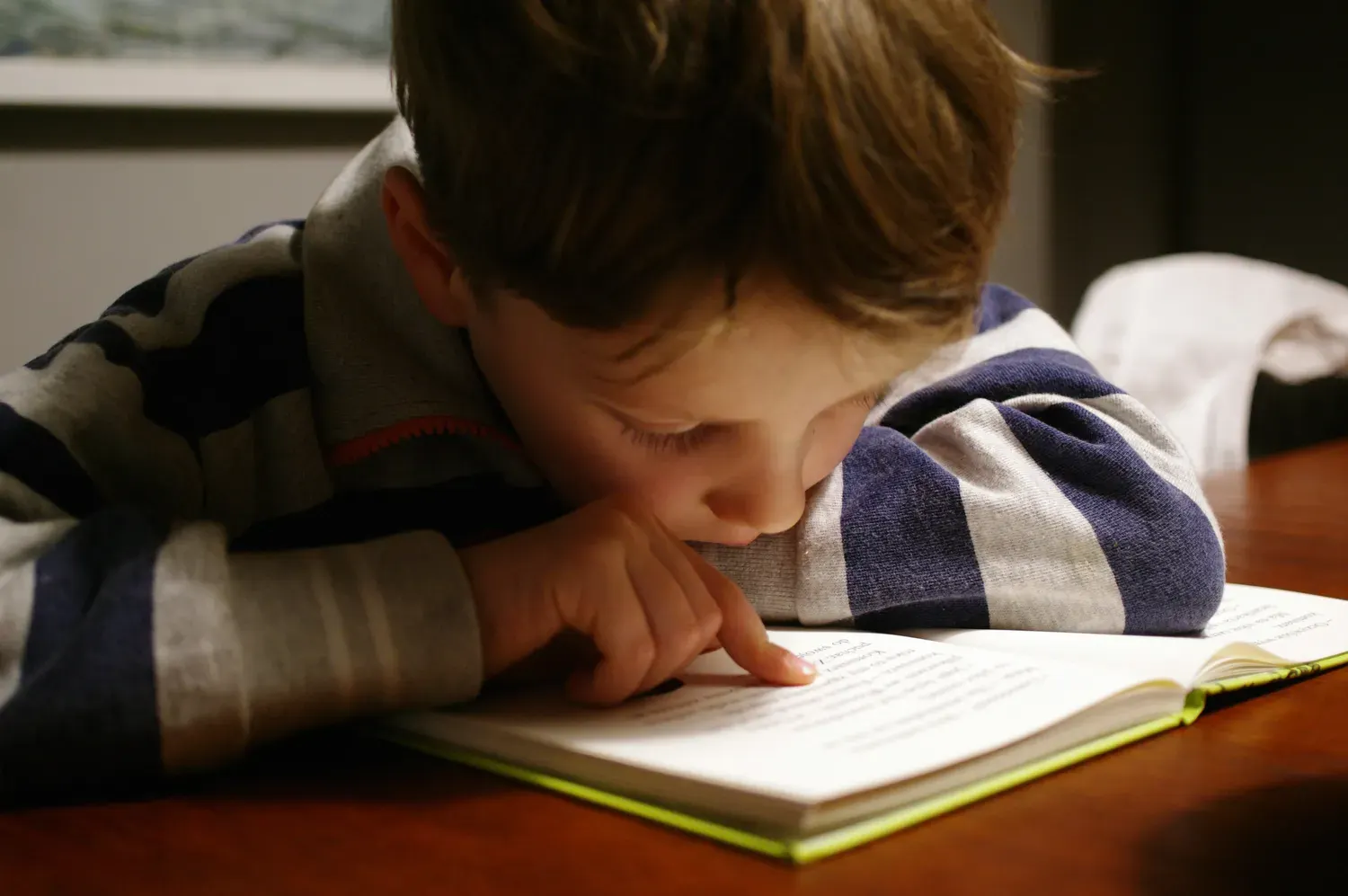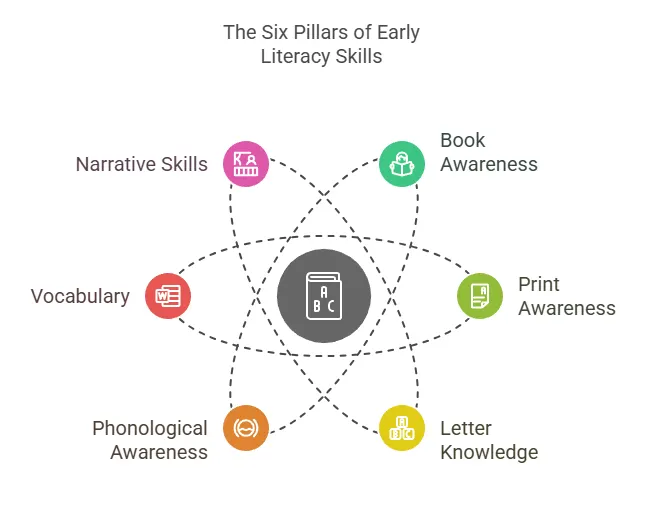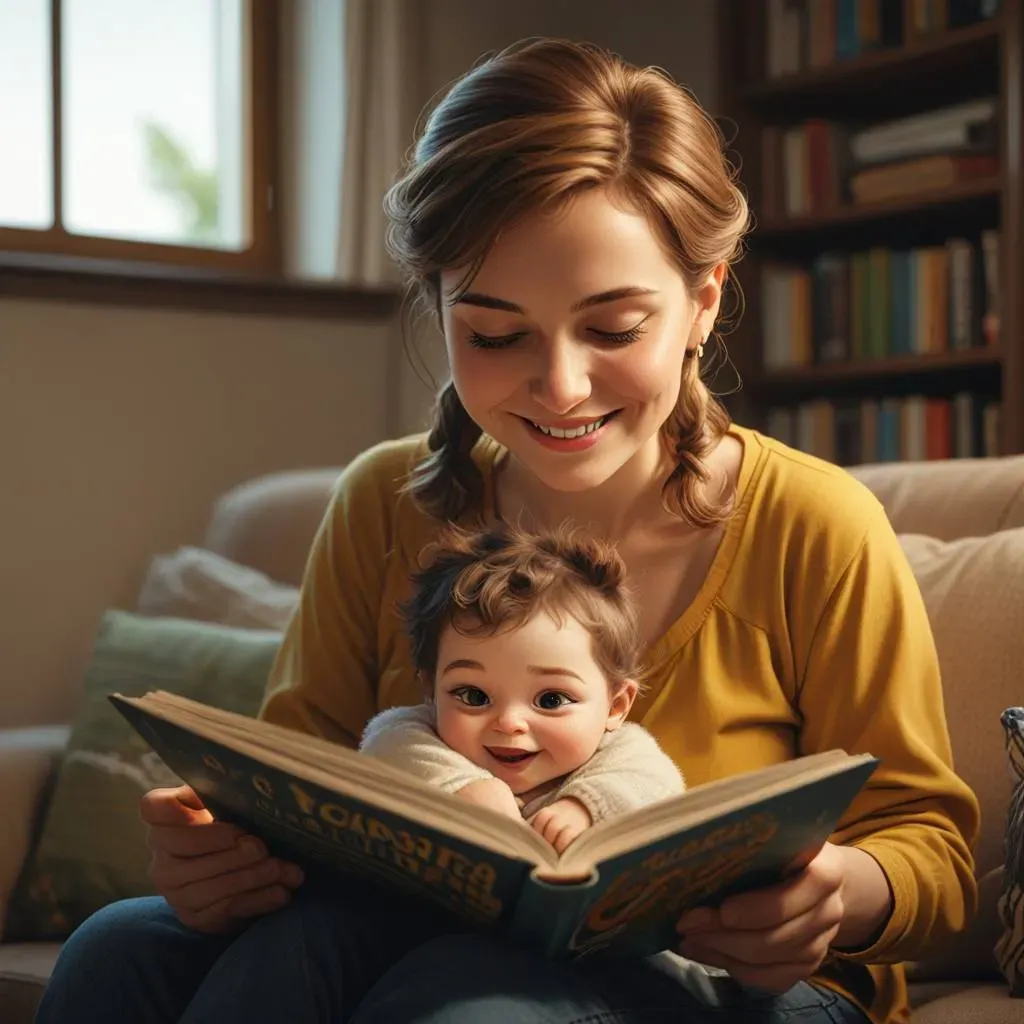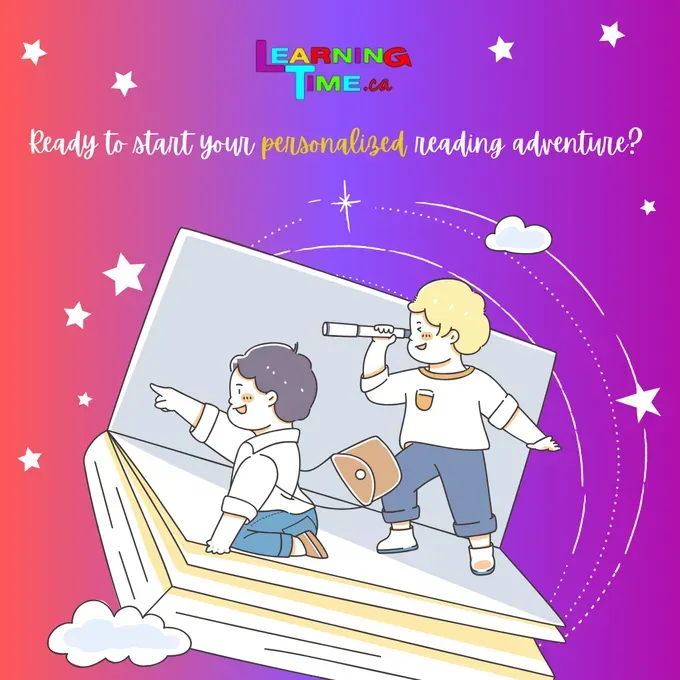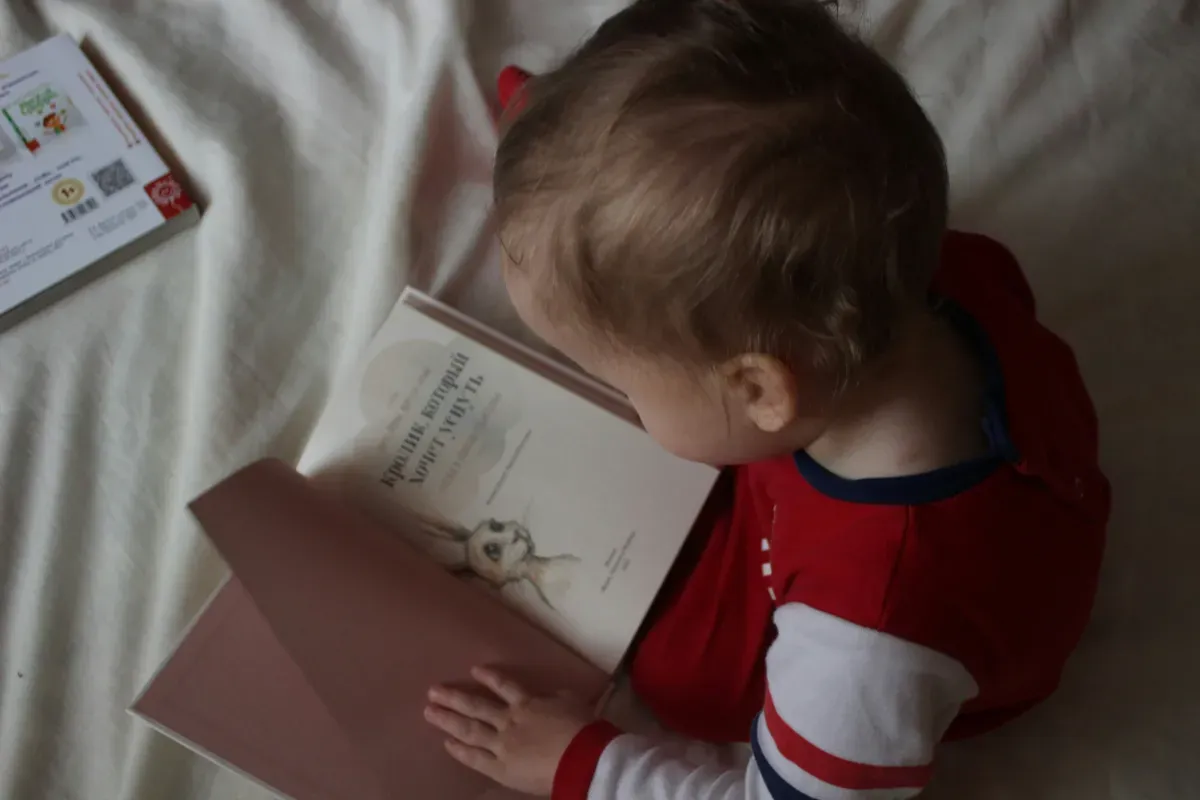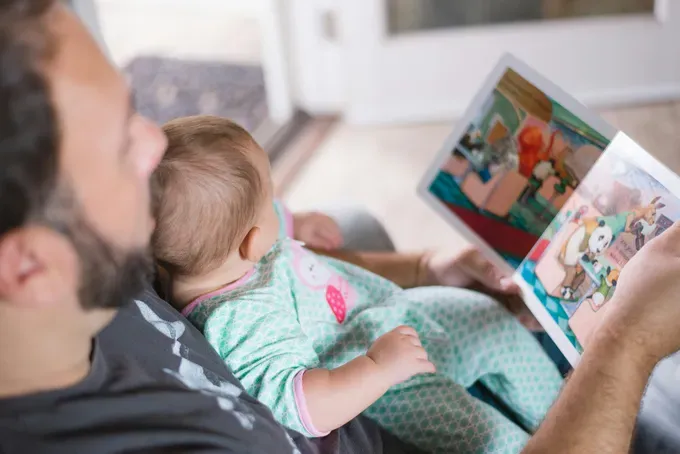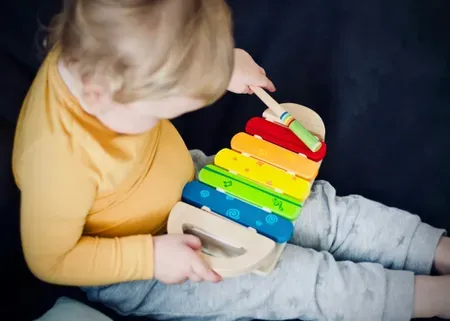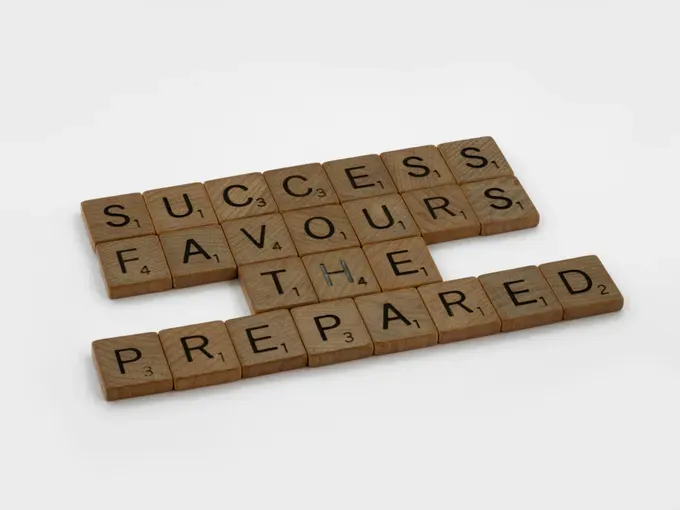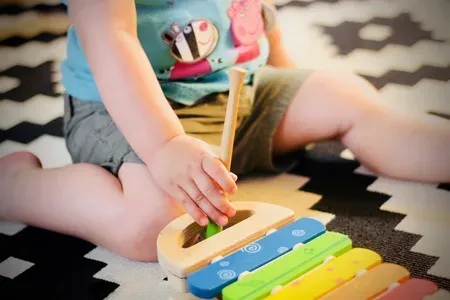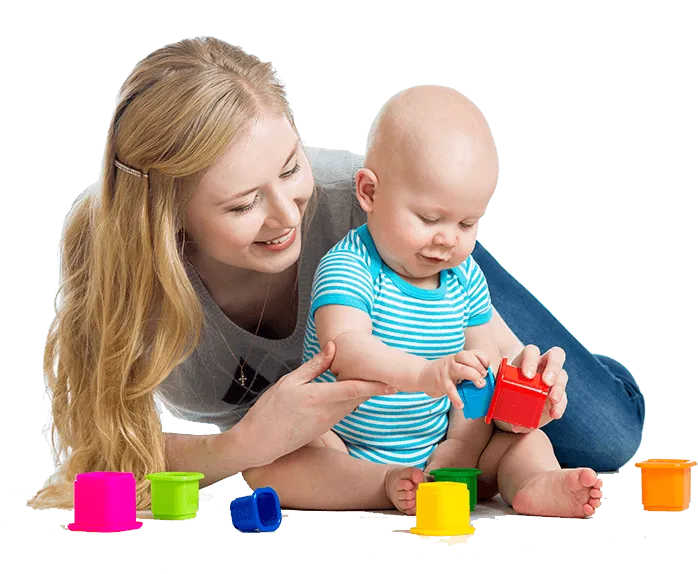Understanding Your Child's Learning Style: Tips for Parents
Understanding Your Child's Learning Style: A Parent's Guide
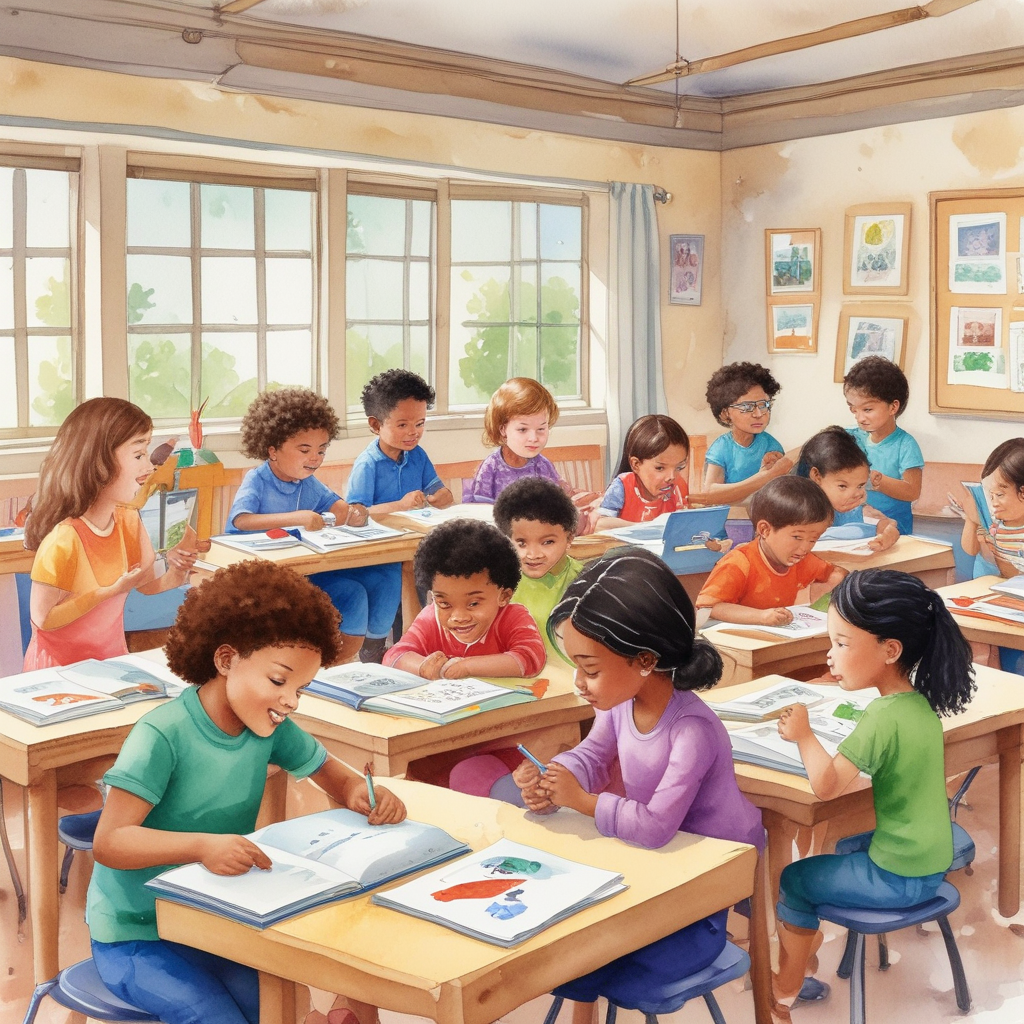
Key Highlights
- Understanding your child's learning style can enhance their educational experience.
- Visual, auditory, kinesthetic, and tactile are the main types of learning styles.
- Observe your child's play, strengths, and challenges to identify their preferred style.
- Tailor learning activities to match their style for optimal engagement and comprehension.
- Utilize a variety of teaching methods to cater to different learning preferences.
- Collaboration with teachers can provide valuable insight into your child's learning style at school.
Introduction
Every child is different in how they learn and take in information. Knowing your child's preferred learning style can really change their education for the better. It's important to see if they learn best by seeing, hearing, doing, or touching things. This helps create a better and more supportive place for them to learn. When we know which way helps them learn best, we can support children in using their strengths and facing challenges more confidently.
Exploring the Different Types of Learning Styles

Before we look at ways to find out your child's learning style, let's go over the main types.
- Visual learners do well when they see information, like through diagrams, charts, and videos.
- Auditory learners learn best by hearing. They usually remember things from lectures and discussions.
- Kinesthetic learners enjoy hands-on experiences and movement. They do well in active learning settings.
- Lastly, tactile learners learn by doing. They like to touch, manipulate, and interact with their learning materials.
Visual Learning Style: Recognizing Signs and Strategies
Visual learners enjoy colors, shapes, and pictures. A child who learns this way may prefer books, puzzles, or drawing activities. They notice details well and easily remember things from images and videos. To help these learners, use visual aids like flashcards, charts, diagrams, and bright illustrations in their study materials.
You can encourage them to use highlighters, colored pens, or mind maps to show information visually. Educational videos, documentaries, and interactive online resources are also great tools for reaching visual learners. Keep in mind that showing information in a clear and colorful way can help visual learners understand and remember better.
Auditory Learning Techniques: How to Support Your Child
For auditory learners, sounds and spoken words help them understand better. These kids often listen carefully. They enjoy stories, music, and talking about things. Auditory learners may find it helpful to hear information read out loud or to read it themselves. You can also encourage them to record lessons or lectures to listen to later.
Think about using music, rhythms, or rhymes to make learning fun. Audiobooks, podcasts, and group talks can fit their learning style. Keep in mind that a lively sound environment can improve their focus and motivation.
Practical Ways to Identify Your Child's Learning Style

It is important to understand different learning styles. But how can we find out what learning style our child prefers? The key is to observe and engage with them. Watch how they act during playtime and how they respond to different activities.
Notice how they play with new toys or games. Do they like to listen to instructions or watch someone show them how? Do they learn better by doing things themselves or by looking at charts? Noticing these behaviors can help you figure out their preferred learning style.
Observations and Simple Tests to Understand Learning Preferences
Watching your child in different situations, like playtime, mealtimes, or when studying, can show you how they naturally learn. For example, tactile learners might love building with blocks, playing with dough, or drawing. In contrast, kinesthetic learners may enjoy running, jumping, or participating in active play. Simple tests can also help you understand their learning style.
You can ask your child to remember a list of words. Do they recall the words better after writing them down, hearing you say them, or acting them out? Their answer can help you learn about their preferred learning style. Mixing various activities that support different ways of learning can also help you see their likes and strengths.
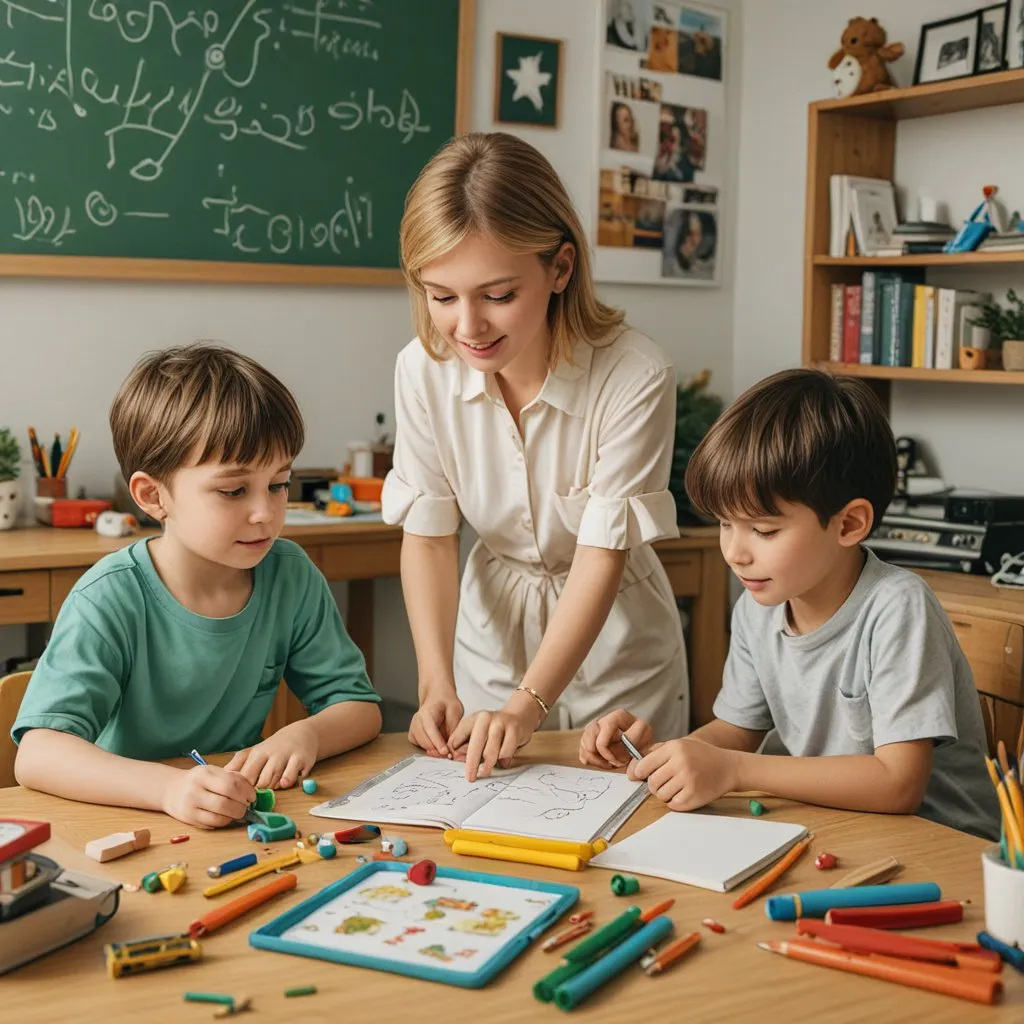
Engaging with Teachers to Gain Insights on Learning Styles
Teachers can share important ideas about how a child learns. What they see in the classroom, especially during activities, helps them understand your child's learning style. Make sure to talk with your child's teachers often. This helps you learn about their progress, any problems, and patterns that teachers notice.
When parents and teachers work together, it creates a better and more supportive place for young children to learn. Share what you see at home too. This open talk lets you see your child's learning style in different ways. This way, you can help them reach their full potential both in the classroom and outside of it.
Related Articles :
Bonding Before Birth: Ignite Your Child's Love for Learning through Prenatal Wellness
Guide To Baby-Proofing Your Home
Growing with Your Smart Home
Conclusion
In conclusion, understanding and paying attention to your mental health is very important for your overall well-being. You can make a big difference by using simple strategies. These include getting good sleep, watching what you consume, practicing activities that help you feel better, and thinking positively.
Taking care of your mental health is not just a nice thing to do; it is essential for a happy and balanced life. Your mental health is important, so make it a priority.
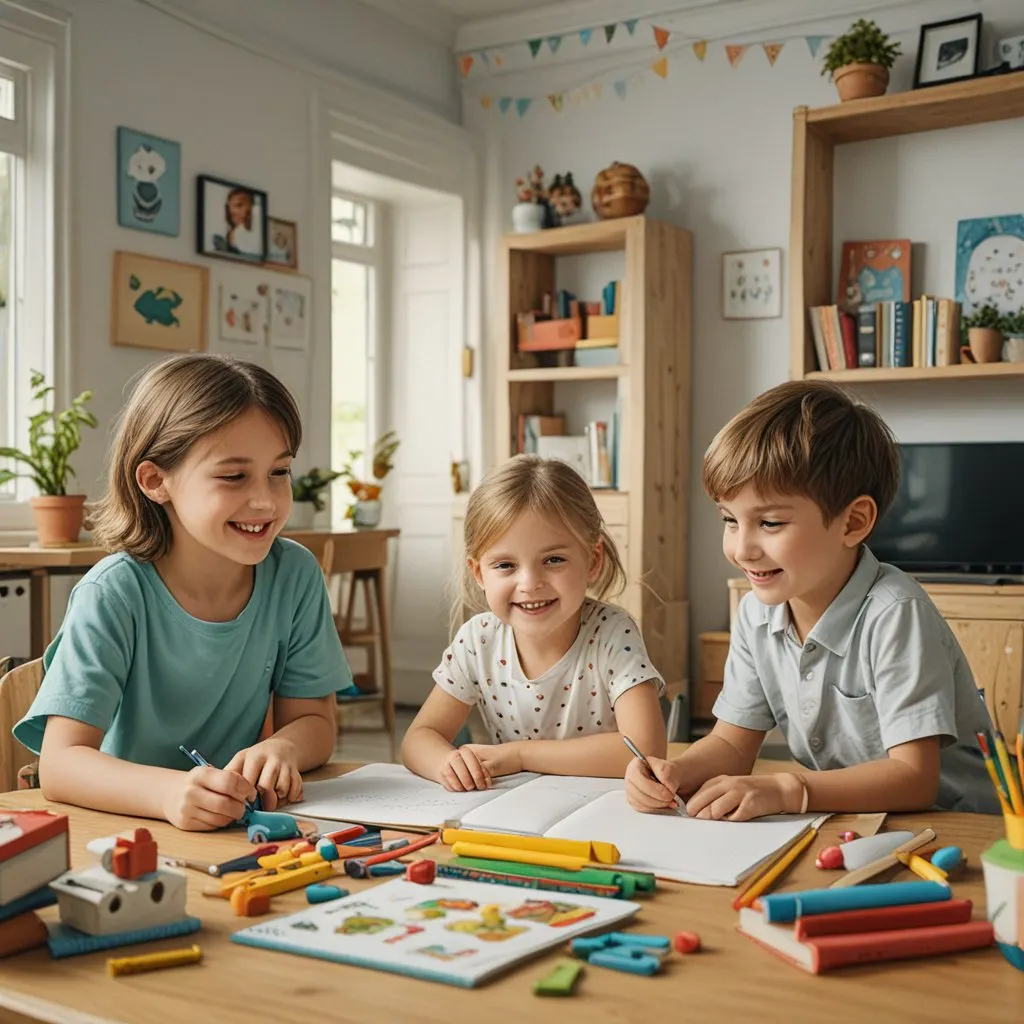
Frequently Asked Questions
What are the different types of learning styles that children may have?
The main learning styles are visual, auditory, kinesthetic, and tactile. Each type of learner processes information differently. Knowing your child’s preferred learning style can help them learn in a way that fits them best.
How can I identify my child's learning style?
Observing during playtime, talking about what they like, and trying simple tests, like memory games, are the best ways to find out a child’s individual learning style. Pay attention to how your child responds to different teaching and play methods.
Are there specific teaching methods that align with different learning styles?
Of course! Visual learners do better with diagrams and videos. Auditory learners learn best through lectures and discussions. Kinesthetic learners pick up skills through movement and hands-on activities. Tactile learners succeed when they can touch and manipulate objects.
How can understanding my child's learning style improve their academic performance?
When parents and teachers change how they teach to fit a child's learning style, it can improve how the child learns. This can help the child remember information better, stay more interested, and feel happier about learning. All of this can lead to better academic performance for the child.
Reference:
https://gatherroundhomeschool.com/pages/samples
https://www.boundless.org/podcast/

Written with Augmented Intelligence and SHiNER The Human



